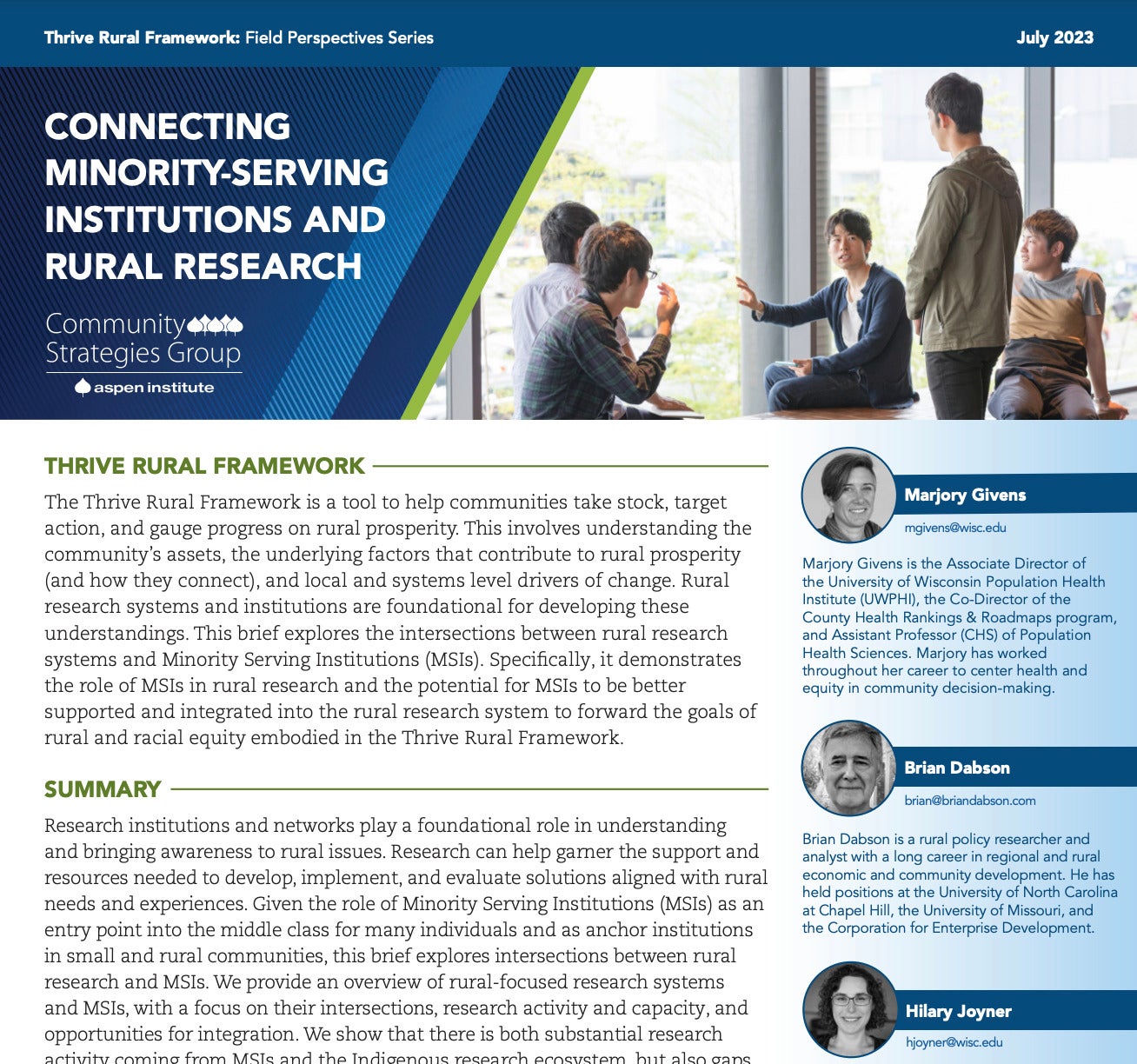
Shawn Lee is a student at Rio Salado College in Arizona, who was motivated to return to school and finish his degree after the birth of his son. (Photo Credit: The Bill and Melinda Gates Foundation)
President of the United States Program for the Bill & Melinda Gates Foundation, Allan Golston, leads the foundation’s efforts to ensure that all students receive a high-quality education. He spoke at the Aspen Ideas Festival on June 30th on a panel called “Myth or Reality: If You Want a College Education, You Can Get One?”
We caught up with Golston to learn more about how new software is being used to provide support to better serve today’s students.
What comes to mind when you hear the word “college?” For many Americans, it evokes memories of dorms and dining halls; of four dedicated years on a campus to learn, grow, and hone in on a career path—aside from the distraction of too many football games and maybe the occasional tailgate.
From articles about the college admission season to iconic college movies, we are fixated on a very specific paradigm of higher education, as illustrated in the recent article “Shut up about Harvard.”
But that image is somewhere between outdated and distorted; the face of American higher education is in fact quite different, and the typical college experience is equally different. Our national conversation is out of touch with reality, and we need to understand the challenges today’s students are facing in order to create a system helps all students succeed.
The new face of higher education
Here’s the reality: nearly half (40 percent) of today’s postsecondary students are age 25 or older, most (7 in 10) work at least part-time while enrolled in classes, and one-quarter of all students are supporting at least one other person financially.
Take Shawn Lee, for example: a former construction worker who went back to school at Rio Salado College in Arizona. After dropping out of college decades ago, he found himself in a series of low-paying jobs. After the birth of his first son, Shawn was motivated to return to school and finish his degree. Or Danyelle Parrish, a mother of three with college-age children herself, who is beginning a nursing program at River Parishes Community College in 2016.
Most postsecondary programs today are not set up for students like Shawn and Danyelle, who have the will and the drive and ability to thrive in college, but can’t turn over their lives to the whims of the registrar’s scheduling blocks. They have no history or reference point for individual rules around courses or choosing a major.
Adapting to the needs of today’s students
The encouraging news is that innovative uses of technology can personalize learning and help more students navigate the path to a certificate or degree. By using integrated planning and advising platforms, we can help students and advisors identify potential trouble spots and steer clear of them, making better course selections on the path to graduation.
Our Next Generation Courseware Challenge funds digital approaches with the highest potential to help more low-income and first-generation students succeed in general education courses. The goal is to get them through these courses quickly so they can pursue the classes aligned to their degree. Adaptive courseware from providers like Acrobatiq and SmartSparrow are already showing great promise.
We’re also beginning to see what can happen when leaders fully leverage the power of technology—and data. Georgia State University, for example, analyzed millions of student grades to learn what causes some to drop out. One thing they found is that a low grade in the first course in a student’s major can signal trouble.
For example, just 25 percent of political science majors who earn a C or lower in their first political science course will get a degree. Now, the university gets an alert when students earn a C or lower in the first course tied to their major—and those students get more support. It’s one of the data-driven steps that helped Georgia State double the graduation rate for African-American students, and triple the rate for Hispanic students, over the last decade.
The future of higher education
Better use of technology, data, and personalization aren’t silver bullets, and will never replace the human element of education. But digital tools can empower colleges to better understand and address the individual needs of the new majority that are today’s students. When we support innovation to better serve today’s students, we help strengthen and widen the bridge to opportunity that higher education affords.

